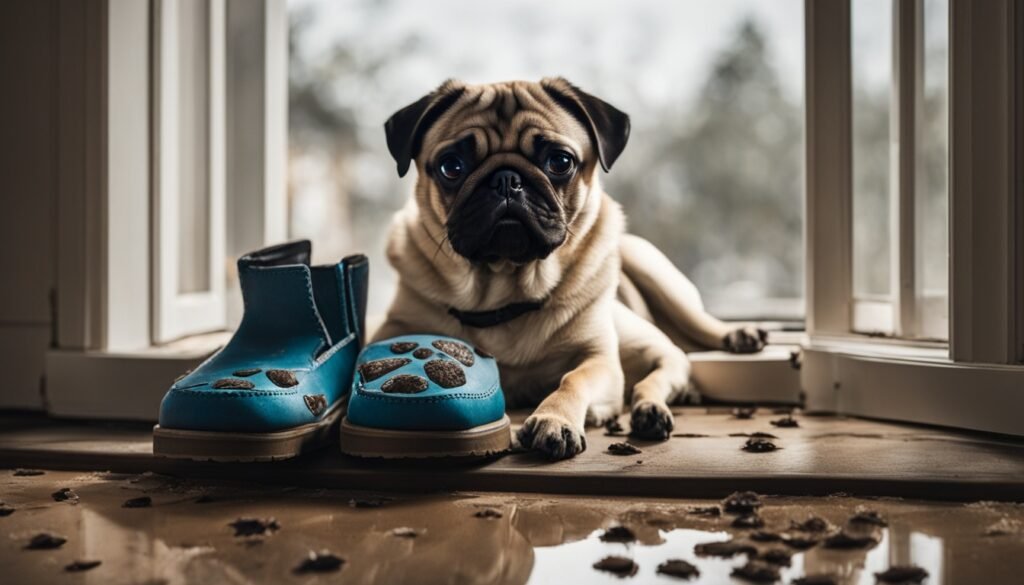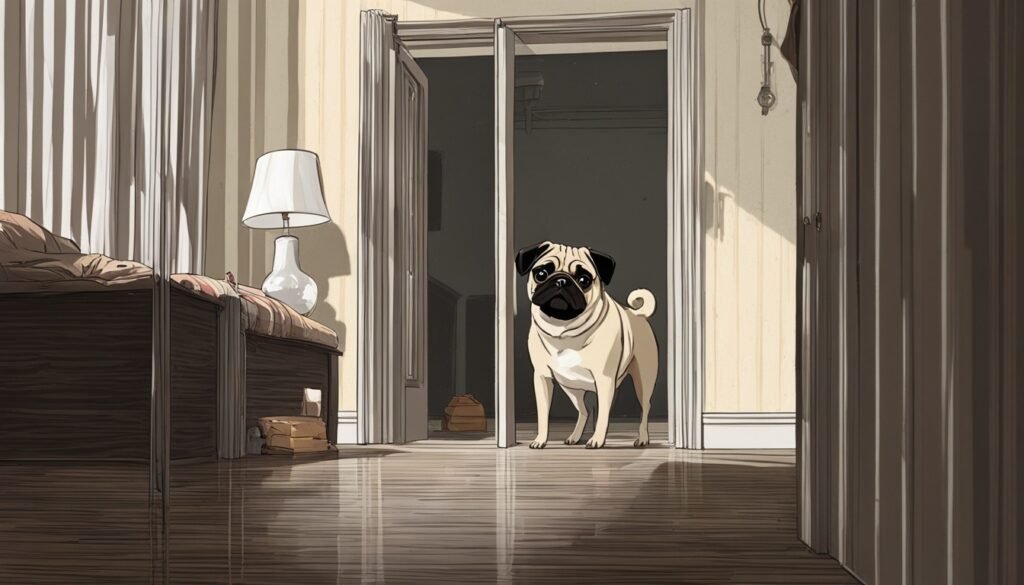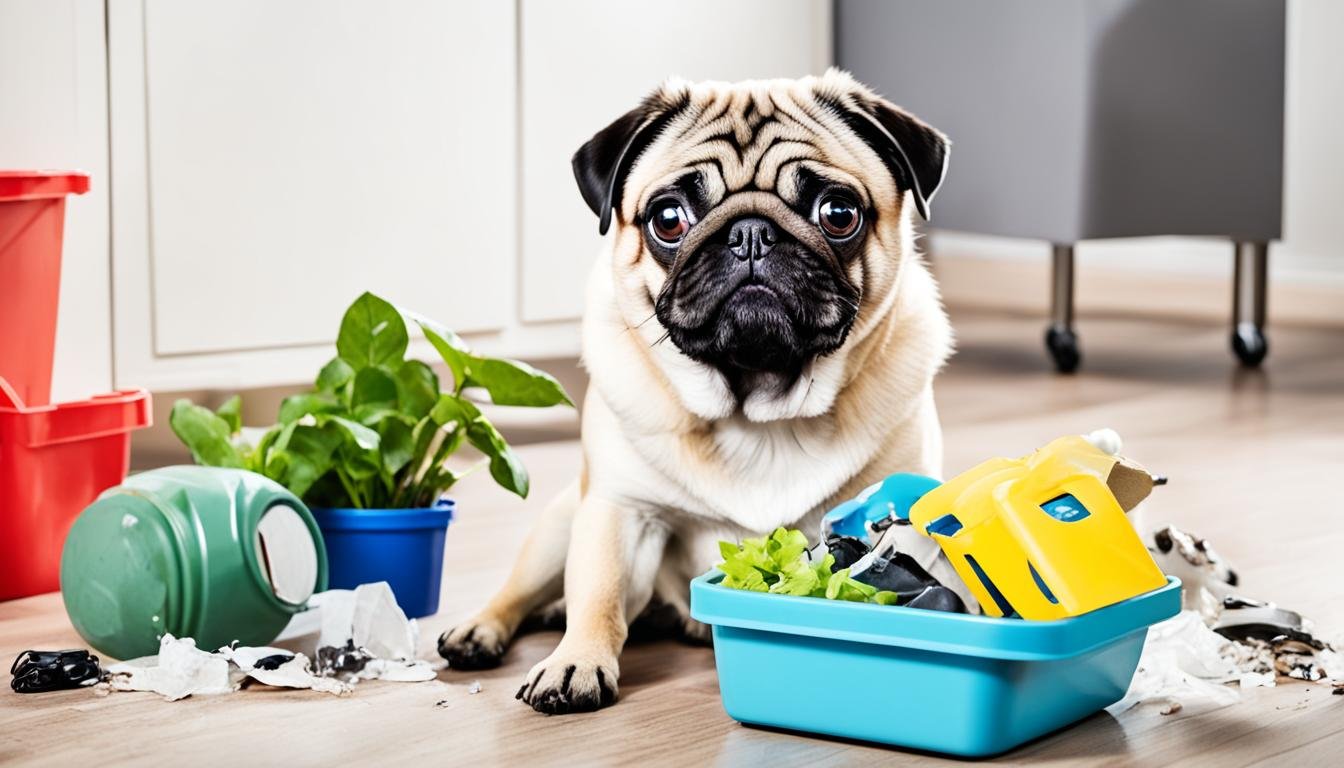What Not To Do When You Leave a Pug Alone
Leaving your pug alone at home can be a nerve-wracking experience, especially if you’re unaware of the potential pitfalls. It’s crucial to be mindful of a few key guidelines to ensure your pug’s safety and well-being. This article will share valuable pug home alone tips to help you avoid common mistakes, such as exposing your pug to potential hazards or failing to provide adequate mental stimulation. By following these pug safety precautions, you’ll create a secure and comfortable environment for your furry friend, reducing the risk of pug destructive tendencies and promoting a stress-free experience for both of you.
Understanding Pug Separation Anxiety
Pug separation anxiety is a common issue that many pug owners face due to the breed’s social and affectionate nature. When left alone, pugs may exhibit a variety of pug behavior problems such as destructive chewing, excessive barking, and restlessness. These behaviors are often signs that your pug is suffering from separation anxiety.

To understand the cause of pug separation anxiety, it’s important to recognize that pugs form strong bonds with their owners and thrive on constant companionship. When deprived of this social interaction, they can become anxious and stressed. Prolonged loneliness can significantly impact their overall well-being, leading to more severe pug behavior problems.
Mitigating pug separation anxiety involves providing mental stimulation and comfort to your dog. Ensuring your pug has comforting toys, or leaving a piece of your clothing with your scent, can help soothe them in your absence. Additionally, incorporating pug mental stimulation activities, such as puzzle toys or short training sessions before leaving, can keep their minds engaged and reduce anxiety.
In severe cases, where behavioral changes don’t alleviate the anxiety, consulting a professional dog trainer or a veterinarian can be essential for your pug’s mental health. Addressing pug separation anxiety promptly and effectively ensures your furry friend’s happiness and well-being.
What Not To Do When You Leave a Pug Alone
Ensuring your pug is well-exercised before being left alone is crucial. Neglecting pug exercise requirements can lead to excessive energy, which in turn often results in undesirable behaviors such as incessant barking. A well-exercised pug is more likely to rest peacefully while you’re away.

Additionally, avoid confining your pug to small or restrictive areas for extended periods. This practice not only exacerbates pug barking issues but also increases the likelihood of pug potty training setbacks. A spacious and comfortable environment will help maintain their well-being and reduce stress.
Potty training is another fundamental aspect that shouldn’t be overlooked, especially in younger pugs. Inconsistencies in their training routine can lead to frequent
accidents when left alone. Therefore, establishing and maintaining a consistent potty training regimen is essential to prevent such setbacks.
Lastly, never underestimate the importance of consistency in all aspects of your pug’s daily life. Consistent exercise, training, and routines are key to mitigating common issues like barking, accidents, and restlessness when your pug is left by itself.
Common Pug Behavior Problems When Left Alone
Pugs, with their endearing personalities and tendency to form close bonds with their owners, can display various behavior problems when left alone. A common issue is pug destructive tendencies, which often manifest as chewing on furniture, clothing, or other household items. This destructive behavior is frequently a result of boredom or lack of mental stimulation and can be mitigated through strategic planning and the provision of engaging activities.
Additionally, pug barking issues are another prevalent concern. Pugs may bark incessantly when they feel lonely or anxious. This behavior can not only be disruptive but may also indicate deeper separation anxiety. To address pug barking issues, it is essential to create a stimulating environment that includes interactive toys, puzzle feeders, and plenty of physical exercise to tire them out before you leave.
Lastly, ensuring pug safety precautions is critical. Pugs may try to escape or get into hazardous situations out of boredom or anxiety. To prevent such occurrences, it is vital to pug-proof your home by securing exits and removing any dangerous objects they might ingest or knock over. Providing a comfortable space with their favorite bed and toys can also significantly help in reducing anxiety.
Understanding these common pug behavior problems and implementing effective strategies can lead to a happier, healthier, and more well-adjusted pug, making your absence more bearable for your beloved pet.

